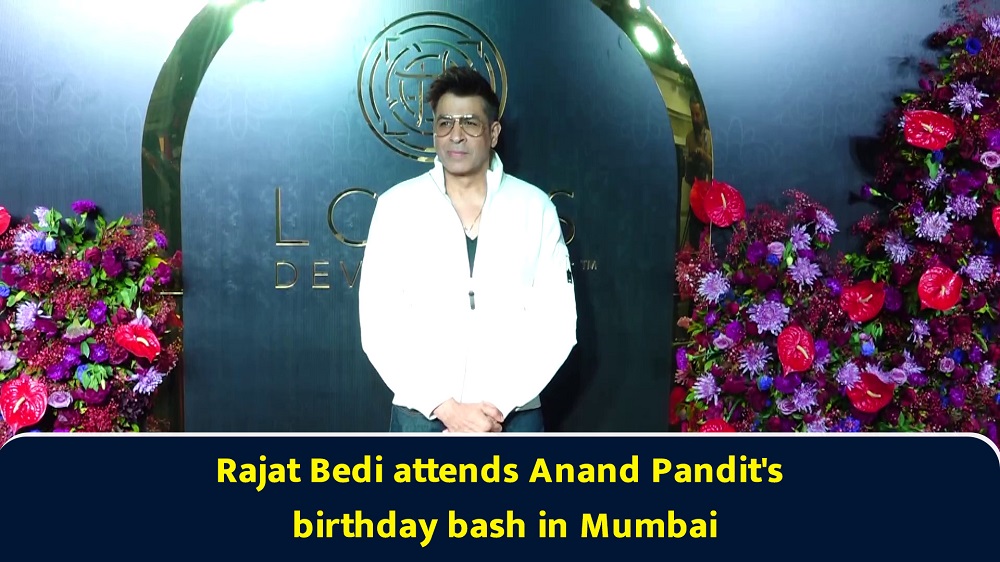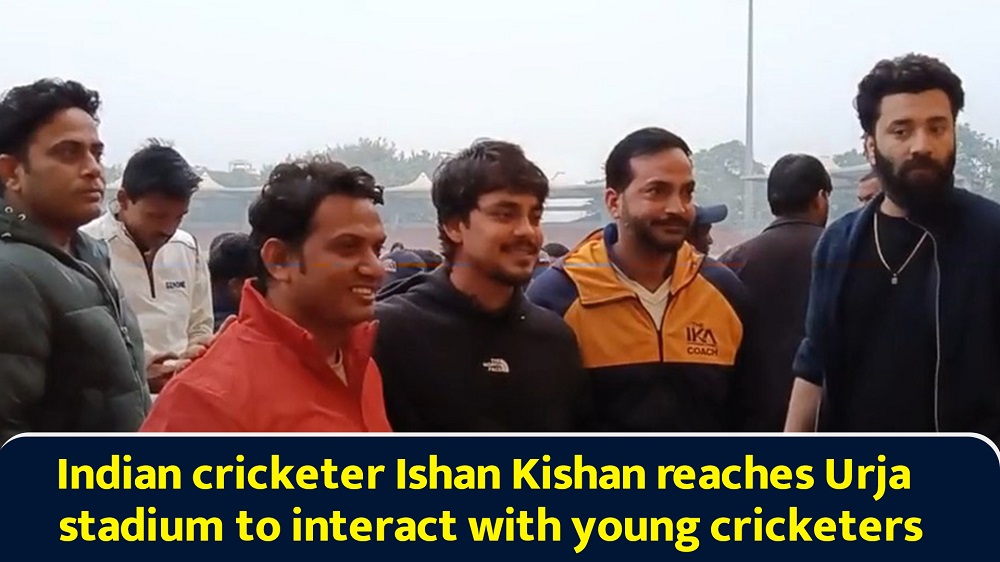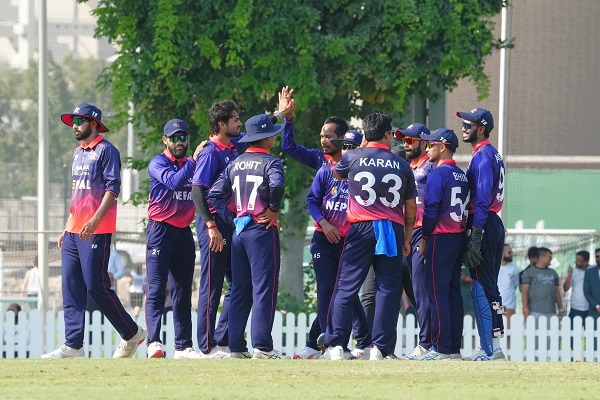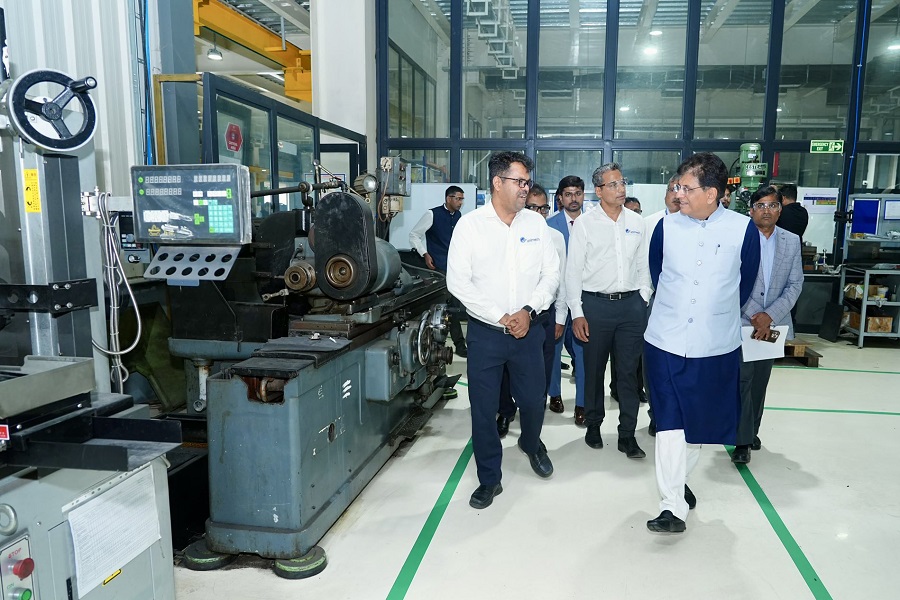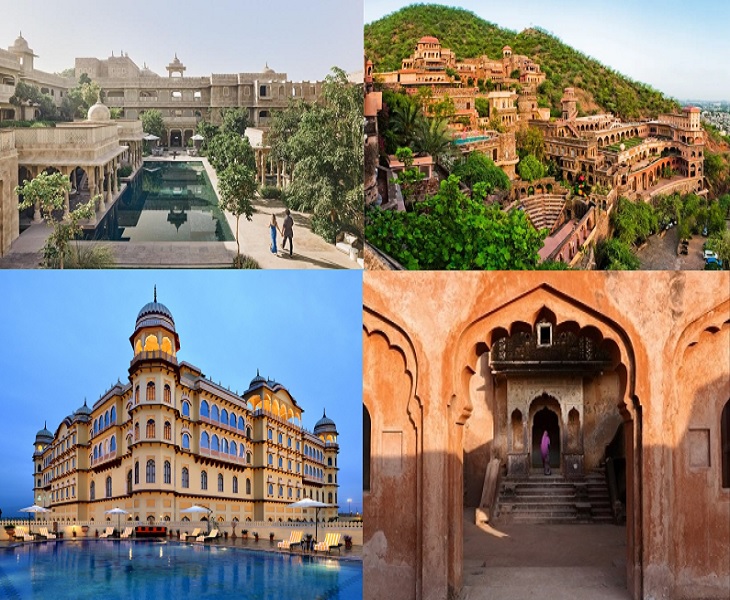India`s Cruise Tourism Boom : Exploring Coastal and River Routes
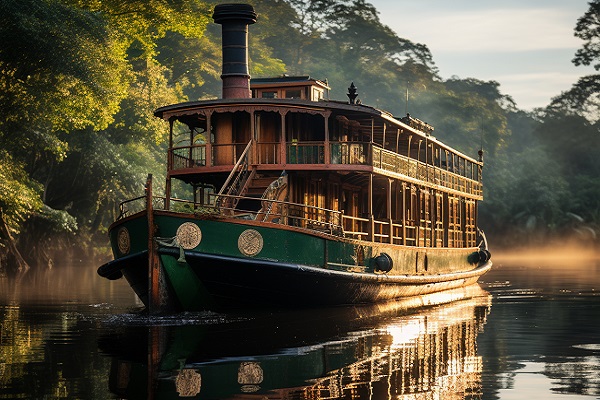
India, with its vast coastline, majestic rivers, and rich cultural heritage, is fast emerging as a hotspot for cruise tourism. Once considered a niche market, cruising in India is now gaining momentum, offering travelers a luxurious yet culturally immersive way to explore the country’s scenic waterways. From coastal voyages along the Arabian Sea and the Bay of Bengal to serene river cruises through the Ganges and Brahmaputra, India’s cruise tourism is setting sail for a new golden era.
1. The Rise of Cruise Tourism in India
Cruise tourism in India has witnessed remarkable growth in recent years, thanks to improved infrastructure, government initiatives, and increasing traveler interest in experiential journeys. The Ministry of Tourism and the Shipping Ministry have been actively promoting India as a global cruise hub, with modern terminals being developed in Mumbai, Goa, Chennai, and Kochi to accommodate international and domestic cruises.
2. Coastal Cruises: Discovering India’s Maritime Charm
India’s 7,500 km-long coastline offers endless opportunities for sea voyages. Coastal cruises allow travelers to explore iconic destinations like Mumbai, Goa, Kochi, Chennai, and the Andaman Islands. From sun-kissed beaches to colonial-era ports, these journeys showcase India’s maritime heritage, vibrant coastal culture, and delicious seafood cuisine — all while enjoying five-star comfort on board.
Popular Coastal Routes:
Mumbai to Goa: A classic route combining cosmopolitan charm and beachside bliss.
Chennai to Andaman Islands: Perfect for adventure seekers and nature lovers.
Kochi to Lakshadweep: A tropical paradise route featuring coral reefs and turquoise waters.
3. River Cruises: A Journey Through India’s Heartland
River cruising offers a tranquil and immersive way to explore India’s interior landscapes. The Ganges and Brahmaputra rivers have become prime routes, offering cultural, spiritual, and wildlife experiences unlike any other.
Notable River Cruises:
Ganges River Cruise (Varanasi to Kolkata): A voyage through history, temples, and traditional villages.
Brahmaputra River Cruise (Assam): A scenic journey through tea plantations, national parks, and tribal communities.
River cruises often include cultural programs, local cuisine, and guided excursions, blending luxury with authenticity.
4. Boost from Luxury Cruise Operators
Global and Indian cruise operators such as Cordelia Cruises, Antara River Cruises, and Heritage River Journeys are expanding their offerings to cater to both domestic and international travelers. These cruises provide luxury accommodations, gourmet dining, entertainment, and curated shore experiences that highlight India’s diverse landscapes and traditions.
5. Sustainable and Community-Driven Tourism
With rising environmental awareness, India’s cruise industry is focusing on sustainability. Eco-friendly vessels, reduced plastic use, and community-based tourism initiatives ensure that cruise development benefits local populations while preserving natural ecosystems.
Conclusion
India’s cruise tourism boom represents more than just a new travel trend — it’s a celebration of the country’s maritime legacy, natural beauty, and cultural richness. As infrastructure improves and routes expand, cruising through India’s coasts and rivers offers travelers a chance to experience the nation’s heart and soul from a new perspective — one wave at a time.



